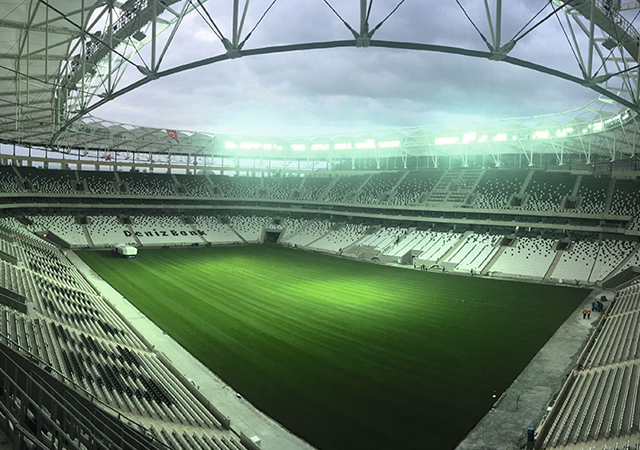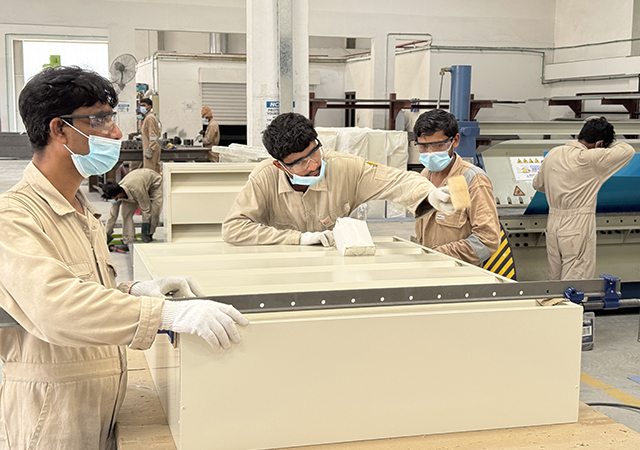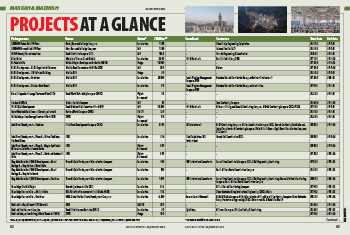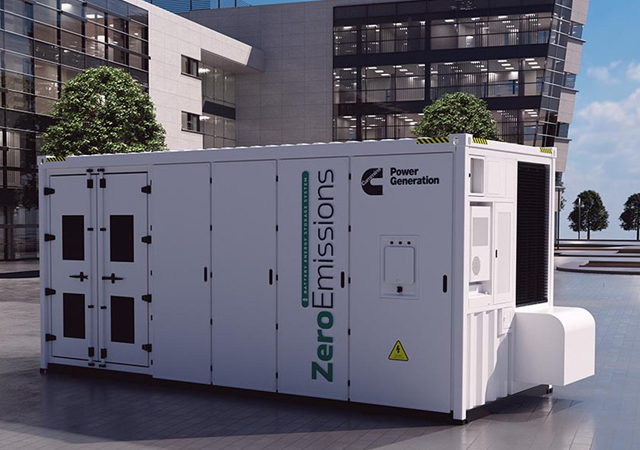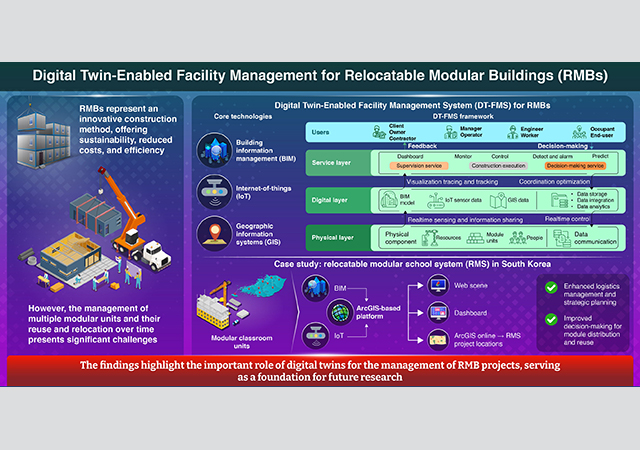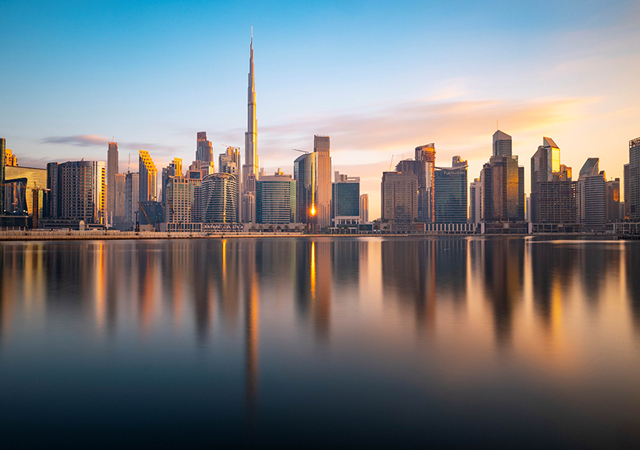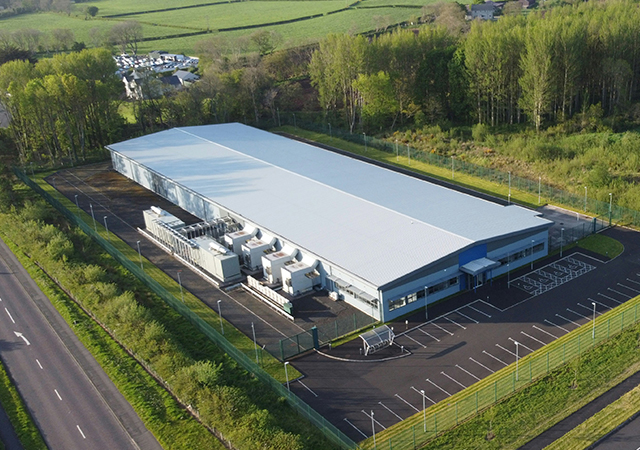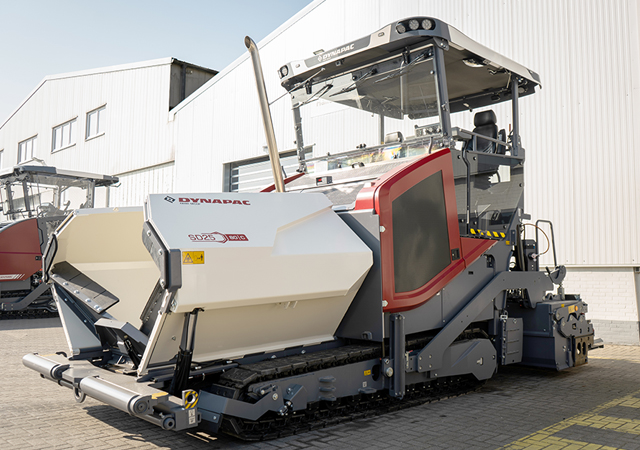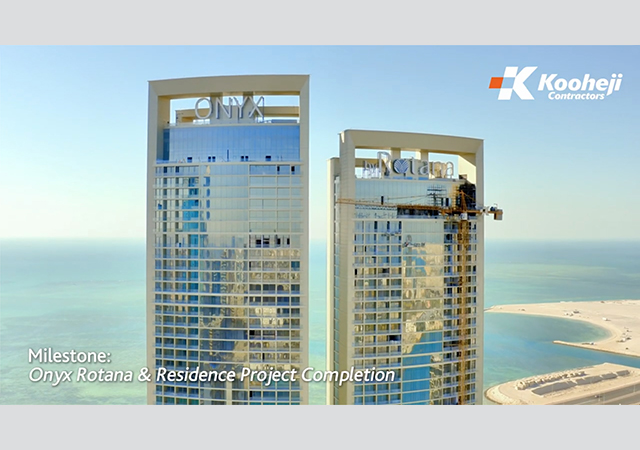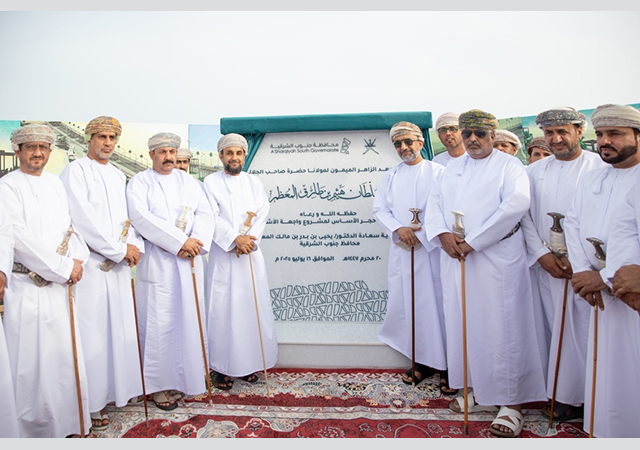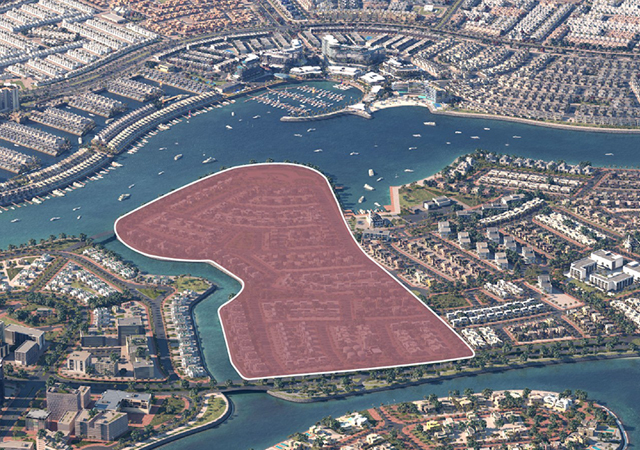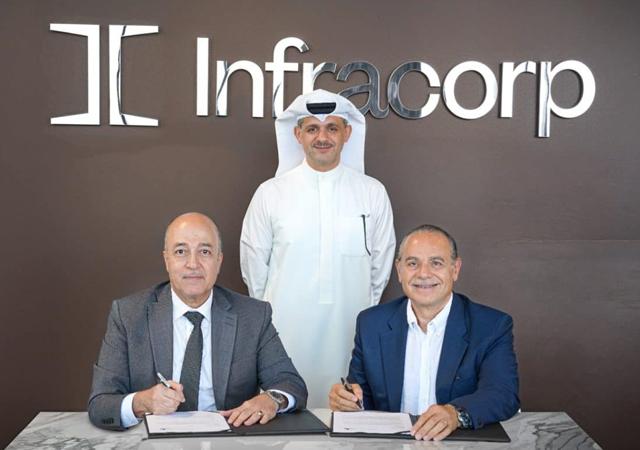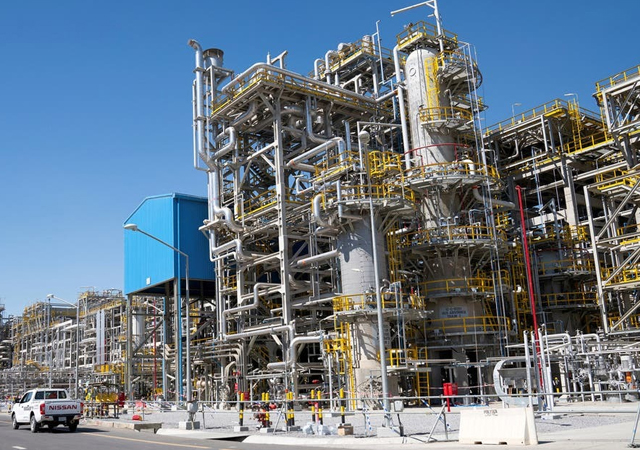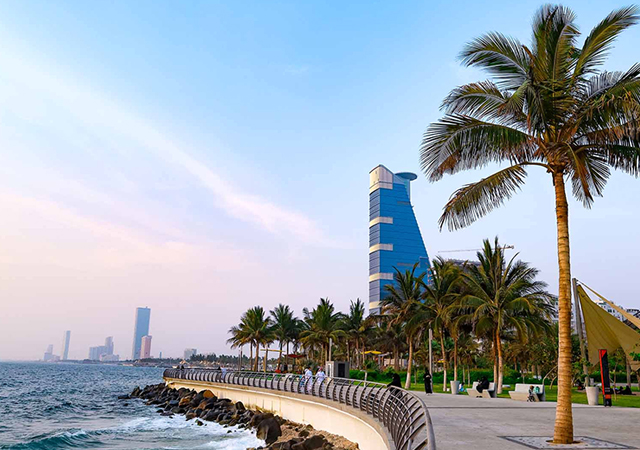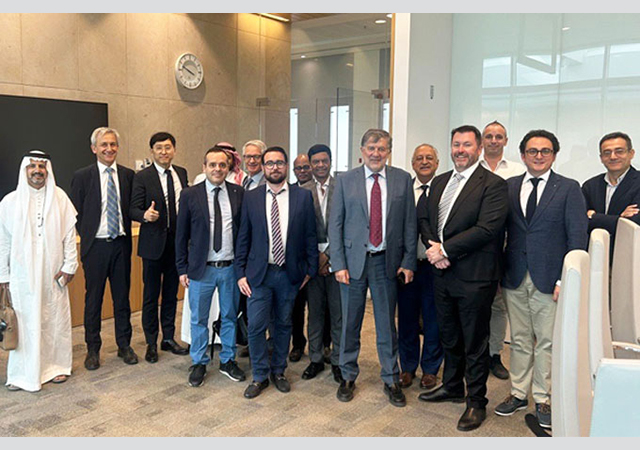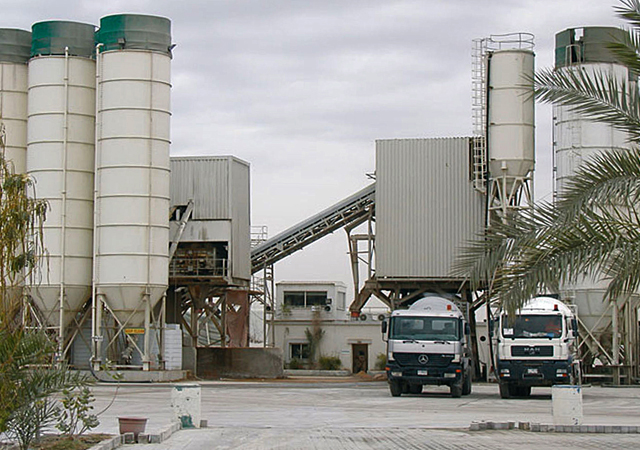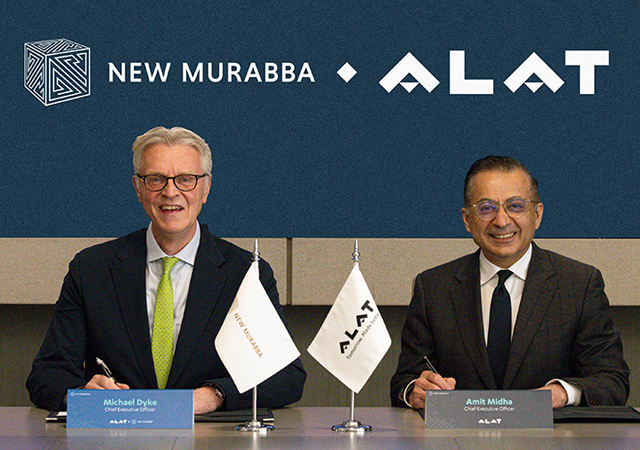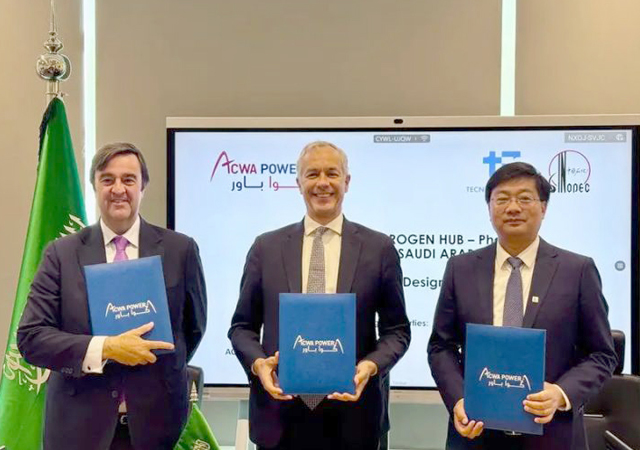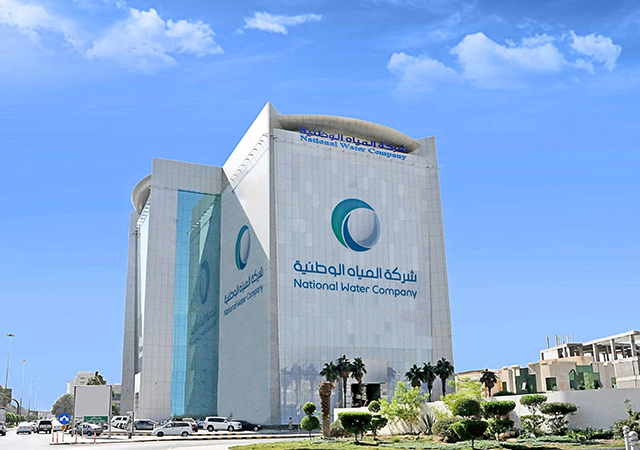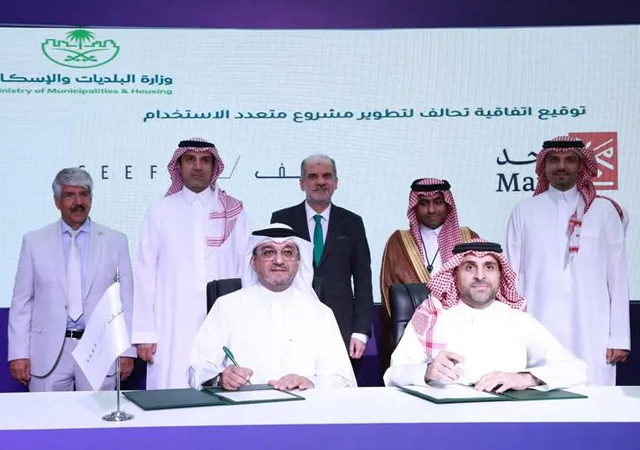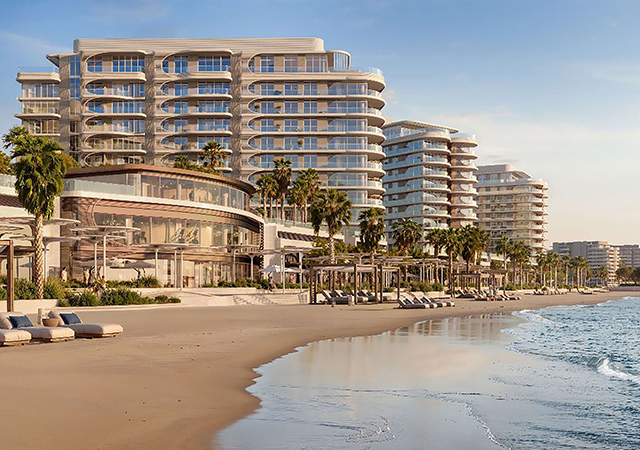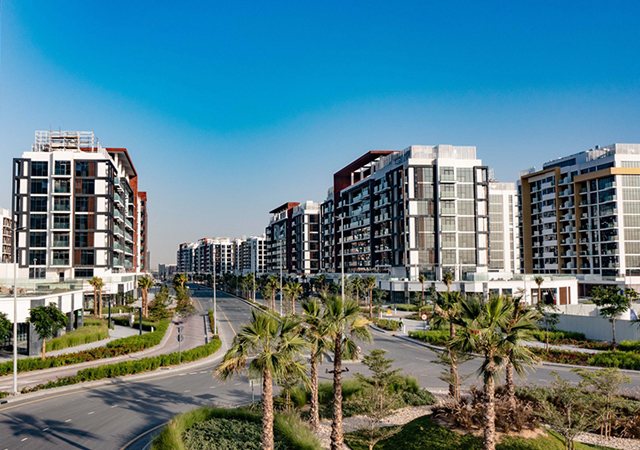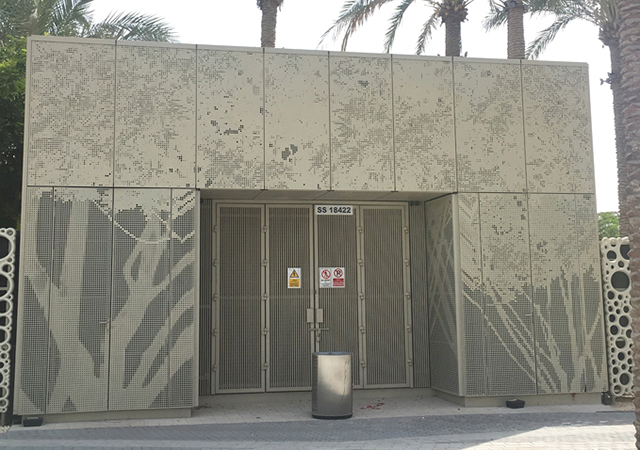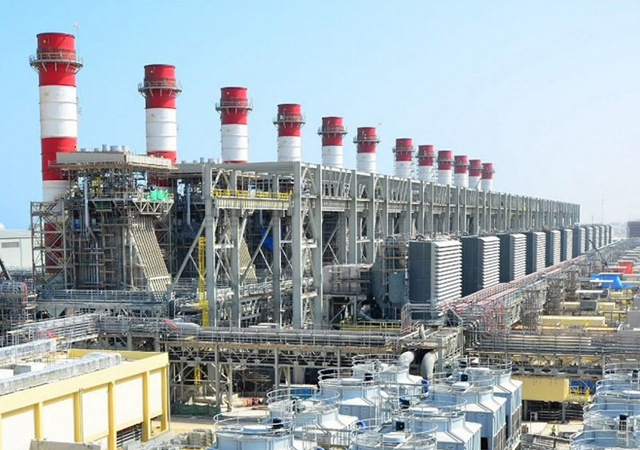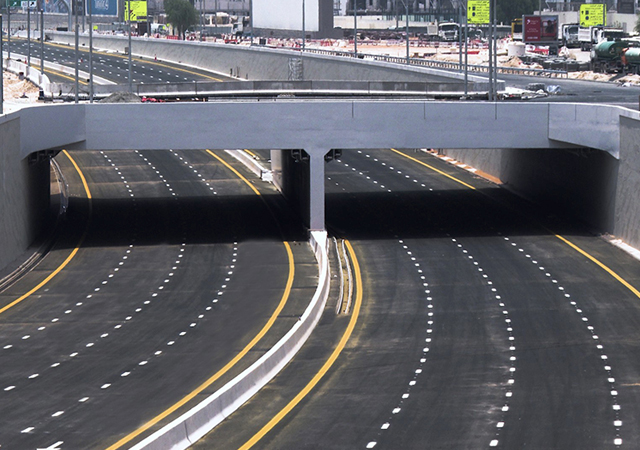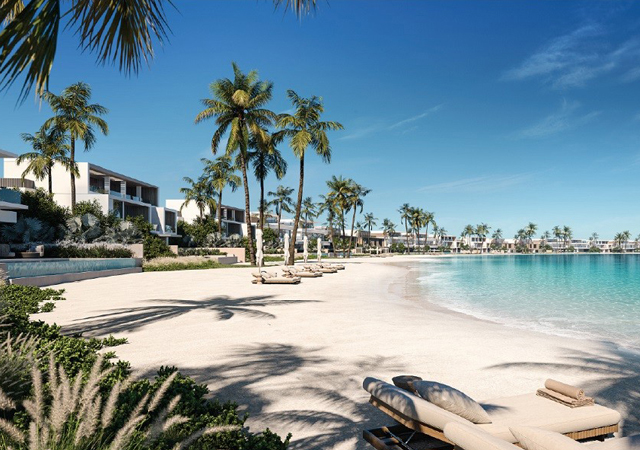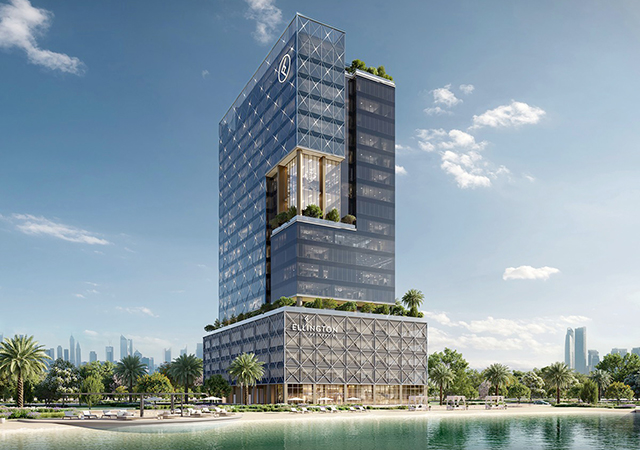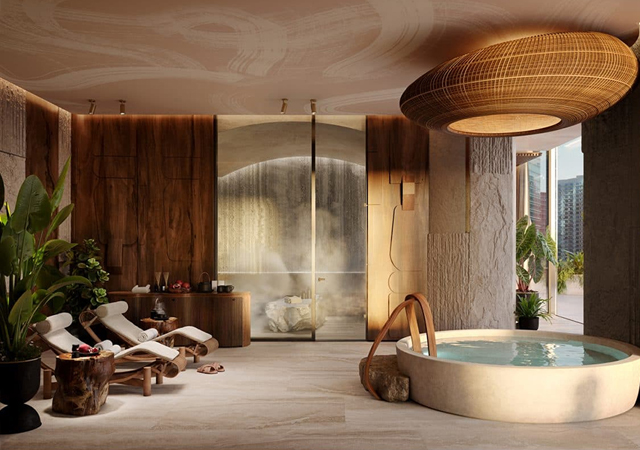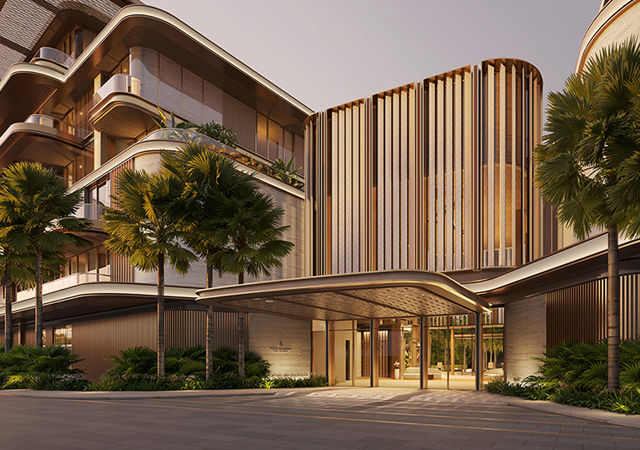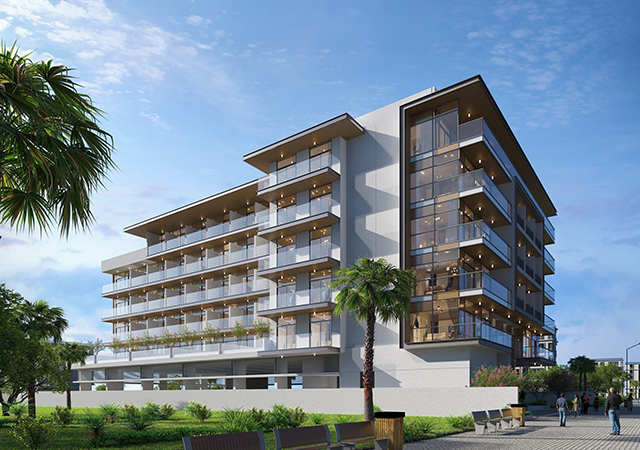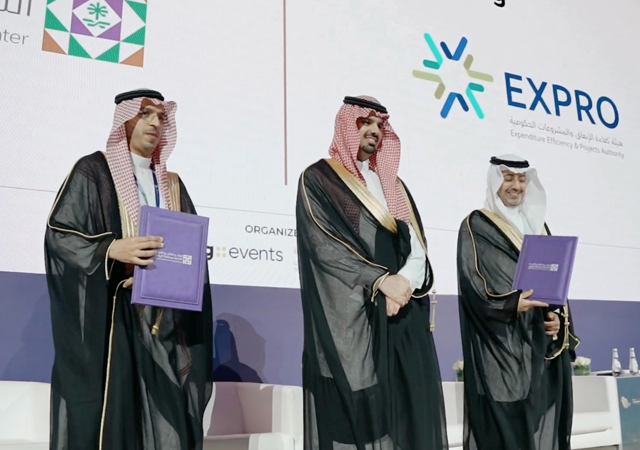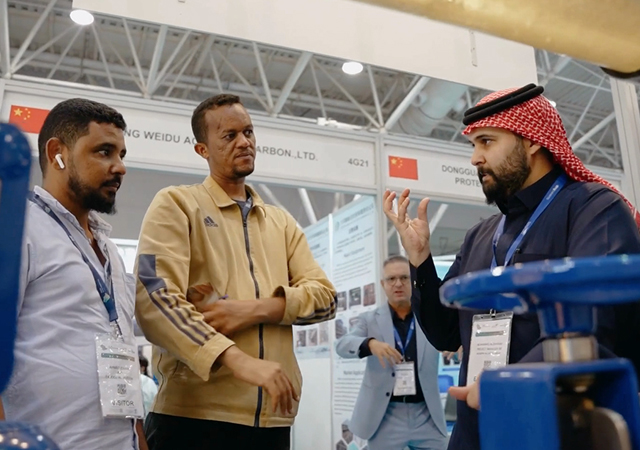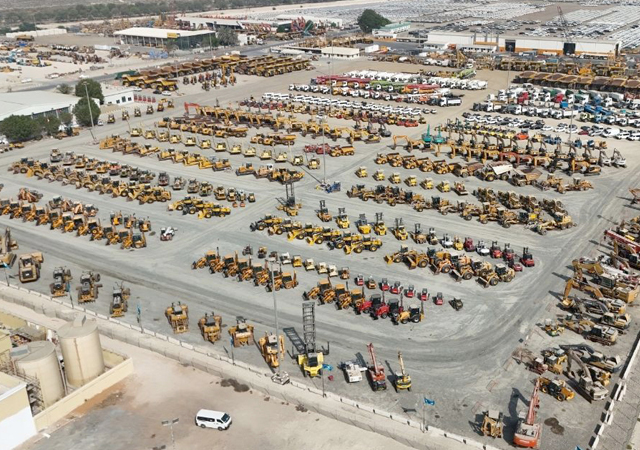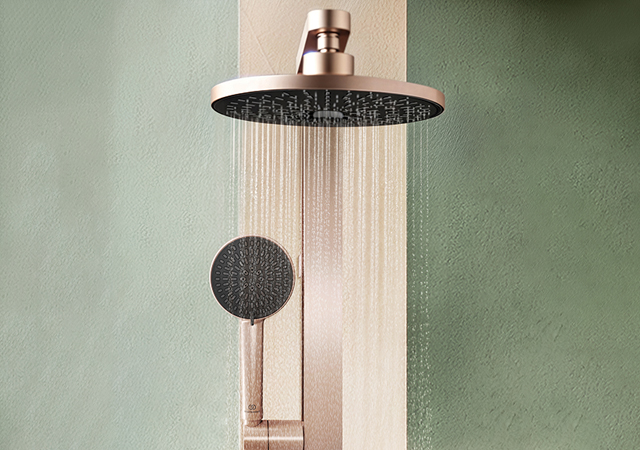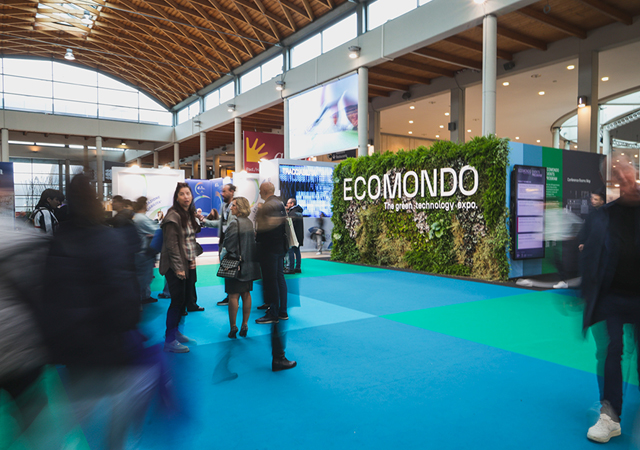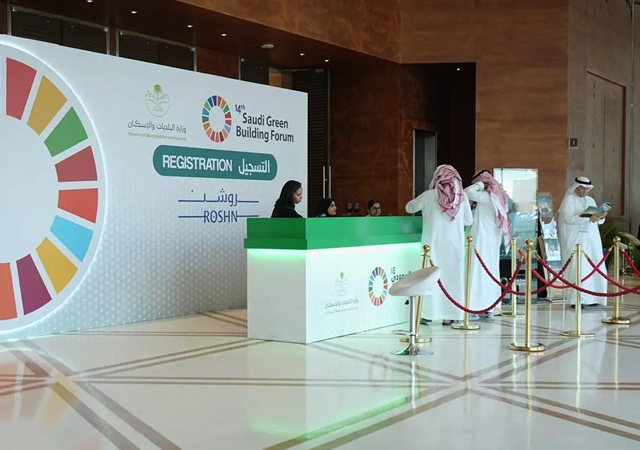
 Shangri-La project ... supplied by Tremco.
Shangri-La project ... supplied by Tremco.
Tremco, a leading manufacturer of polyurethane (PU)-based sealants and coatings, has long been a strong advocate of liquid-applied waterproof membranes.
Says a spokesman for the company: “The liquid membrane is seamless – has no potential weak points – and is far easier and safer to apply than a heavy sheet membrane, particularly in confined spaces such as planters or in areas with many details or projections such as kitchens and bathrooms.
“The applications of liquid PU membranes are numerous and diverse, and would include exposed and inverted roofs, pedestrian and trafficable decks, below-grade waterproofing, fountains and decorative pools, planters, water tanks and wet areas such as bathrooms, he says.
Although the applications may vary, the same basic principle – preventing the passage of water into or through a structural concrete substrate – applies. Therefore, in addition to being waterproof, the membrane or coating should be able to accommodate any cracks that may occur in the concrete substrate as a result of shrinkage, settlement, structural or thermal movement.
“These are the reasons why the elastomeric properties of PU coatings are so critical and it is this elasticity that differentiates PUs from epoxies and bituminous coatings,” he adds.
For example Tremco’s Tremproof 60 PU coating – designed for use as a protective membrane, and usually applied in inverted roofing, below-grade waterproofing and internal waterproofing applications – has an elongation capability of 1,000 per cent.
“This property enables it to bridge structural cracks of up to10 mm, which far exceeds the capability of any sheet membrane, and the material has been used extensively throughout the Middle East for the past 20 years,” he says.
PU coatings will achieve a strong mechanical bond to concrete substrates giving 100 per cent adhesion. Should the membrane become punctured for some reason, water cannot flow behind it, which means that the leak remains localised. This is generally not the case with a sheet membrane where water can travel behind the membrane, which not only makes the leak hard to locate but also has the potential to lead to widespread water ingress damage.
“The versatility of the technology is such that in exposed applications, PU coatings can be formulated to have high degrees of ultra violet resistance, such as Tremco’s Vulkem 450/451 roofing system, which is also ideal for the treatment of curved or domed surfaces.”
An increasingly popular use of liquid applied waterproof membranes is the structural protection of car-park decks, whereby the membrane is designed to withstand regular vehicular traffic, thus demonstrating a high degree of durability, chemical and wear resistance whilst maintaining sufficient elasticity to bridge cracks.
Tremco is highly active in this segment producing both the Tretodek Car Park Deck coating system in the UK and the Vulkem System in North America, both of which have been used extensively in the Middle East region.
Because of its ease of application and the safety factor of working with cold applied materials in confined areas, liquid PU coatings are frequently used as water tank linings for both potable water and agricultural use. This apart, its properties such as very low permeability, high flexibility and the fast-curing characteristics of the specially-formulated two-component materials makes liquid PU a popular choice with engineers and specifiers, he says.
Vulkem 450/452 system is ANSI/NSF Standard 61 certified and can be modified for exposed applications such as reflective pools and fountains.






